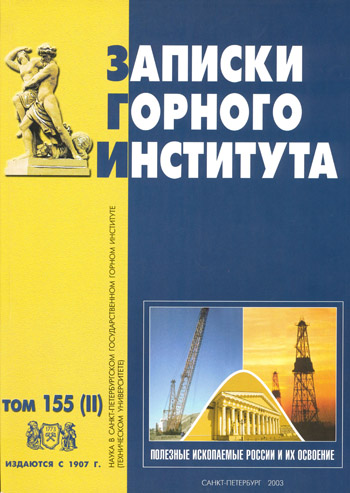Some features of mathematical modeling of the radiation vortex injector
- Moscow State Institute of Steel and Alloys
Abstract
The method of afterburning combustible components of the atmosphere of an industrial furnace using a device called a vortex radiation injector developed at the Institute is presented. The method consists in the following. A high-speed, strongly twisted flow of oxygen under supercritical pressure is fed into a cylindrical chamber, one end of which is closed and the other end with a curvilinear ultradiffuser of the type used in flat-flame burners. As a result of a strong twist and under the influence of high velocities in the chamber, the vortex breaks up and a strong rarefaction is created in the near-end area, under the action of which the furnace gases containing combustible components flow to the injector. Part of them enters the chamber, where they mix with oxygen and burn. The gases entering the afterburning zone are also sucked into a flat deck flame formed by the outflow of the swirling flow from the curved diffuser, as it takes place in the flat flame burners. The mathematical model of gas dynamics and mass transfer in the considered flow developed on the basis of the PHOENICS computational complex is presented. Some features of the model related to the extreme complexity of the phenomenon are described.
